What are Affirmations for Anxiety?
You know that moment when anxiety creeps in and suddenly your whole brain is yelling? Everything feels urgent, and every thought feels true. It’s hard to slow down once that starts.
That’s where positive affirmations for anxiety help. They’re not magic, and they won’t snap you out of it, but they do give you something else to say to yourself besides “This is too much.”
Affirmations for anxiety are a few words you choose ahead of time. Something real. Something you’ve said often enough, so when anxiety shows up, your brain doesn’t have to scramble.
They’re not about pretending you feel great when you don’t.
They’re more like a sentence you say to yourself when the ground feels unsteady.
“I’m safe right now.”
“This will pass.”
“I can breathe through this.”
Not perfect. Just possible. And sometimes, possible is enough!
Is anxiety holding you back from the life you deserve?
How to Use Affirmations for Anxiety
If you’re just starting your healing journey and are not sure how to use affirmations for anxiety, we can help. Here’s a simple guide to get you started.
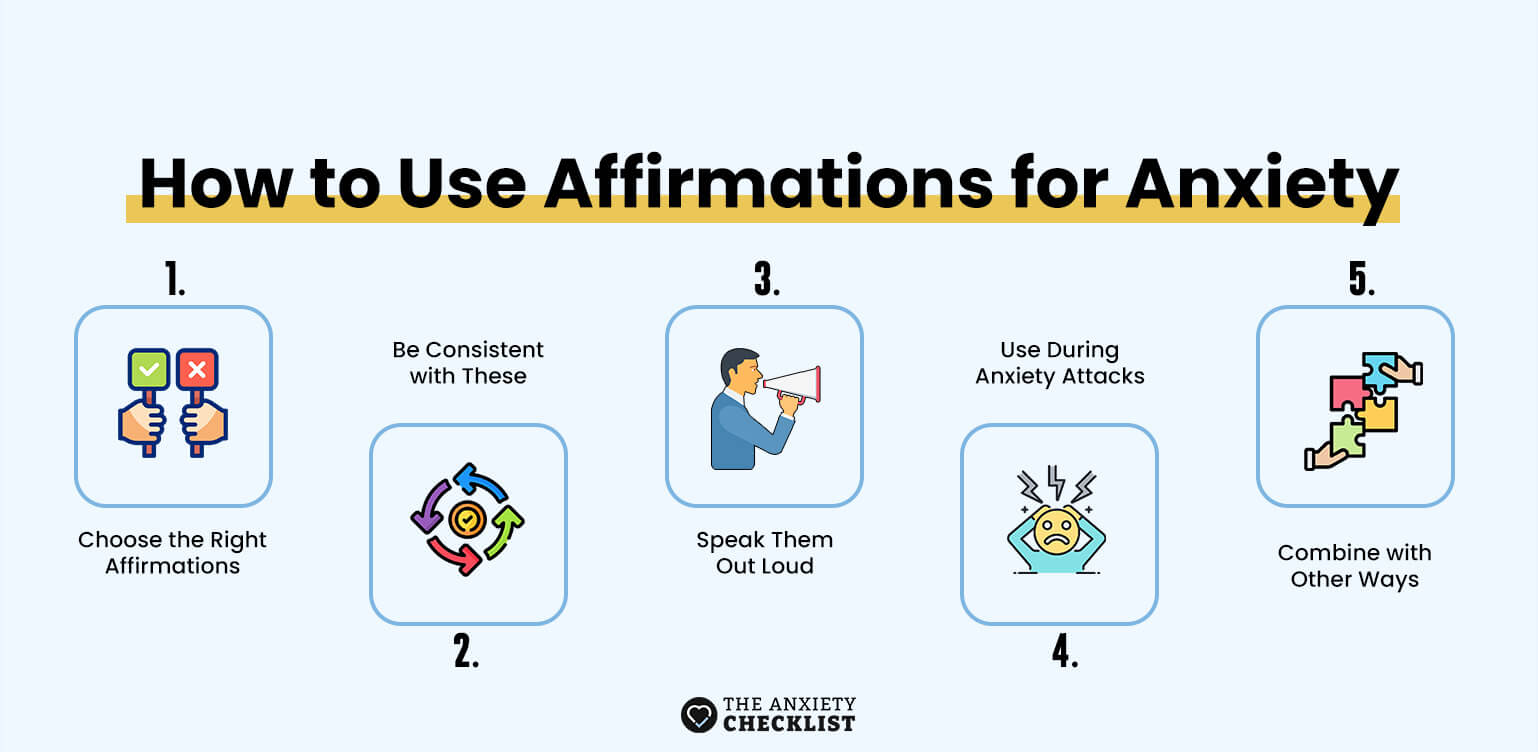
1. Choose Affirmations That Resonate with You
Affirmations for anxiety stick when they reflect personal feelings and realistic goals.
Start by listing a specific worry, such as “Heart races in crowds,” then craft a statement that addresses that fear. For example, “Breathing slows and clarity returns in busy spaces.”
Choose words that spark calm rather than promise impossible change. If “I am fearless” feels hollow, try “Inner strength grows with every cautious step.”
When creating your anxiety affirmations, keep the language simple and specific. Authentic affirmations for anxiety build trust in the process and encourage commitment.
2. Be Consistent with Your Daily Anxiety Affirmations
Consistency turns positive statements or quotes into reliable tools to reduce anxiety. Schedule a brief moment each morning and evening to repeat anxiety affirmations, even on calm days.
Saying your affirmations for anxiety before breakfast and right before bed reinforces a positive mindset around the clock.
Treat this practice like brushing teeth — non-negotiable and quick. Recording results in a journal highlights progress and spots patterns in negative thoughts.
After a few weeks, those calming phrases will start popping up on their own whenever tension rises. Keep it simple and say your chosen anxiety affirmations about five times in one sitting, so it feels like a quick, helpful ritual instead of a chore.
3. Speak Them Out Loud or Write Them Down
Hearing your own voice say, “Inner calm is here,” gives the words more power. Try looking in the mirror each morning and speaking your affirmation as if talking to a friend.
If that feels awkward, jot your favorite line on a sticky note and stick it where you’ll see it often, such as your laptop, bathroom mirror, or fridge. Seeing and hearing your message turns it into a go-to tool whenever anxiety creeps in.
Writing taps fine-motor memory, which strengthens belief in the affirmations for anxiety
When anxious moments strike, glance at these visual cues or replay your voice recording. Pairing sight, sound, and action creates a multi-sensory anchor that interrupts negative thoughts.
Consistently hearing and seeing your own words builds trust in the process and accelerates the shift toward a positive mindset.
4. Use These as Grounding Tools During Anxiety Attacks
When you have an anxiety attack or a panic attack, reach for your anxiety affirmations.
Stand or sit, look around for one detail, such as a green leaf, a patterned rug, or a textured wall.
Softly state, “I notice peace around me” while tracing that object with your gaze.
Feel fingers brush the fabric or trace the armrest’s edge. As you say the line again, focus on the sensation: the breeze on the skin, the solidity beneath.
That blend of sensory focus and a positive statement breaks the grip of spiraling thoughts. Use it anytime tension climbs.
5. Combine with Other Ways to Reduce Anxiety
While using affirmations for anxiety is a great practice, it might not always be enough. That’s why it’s a good idea to combine multiple techniques to reduce anxiety, so you’re sure that at least something will work when you need it.
Here are some other anxiety-reducing strategies you can use, along with your affirmations for anxiety:
Breathing Exercises
This is the easiest thing to forget and the first thing that helps. Anxiety messes with your breath before you even notice. You catch yourself holding it, or it turns shallow and tight.
There are many breathing exercises you can try, from simply focusing on your breath to making it slower or faster. Try a few breathing and grounding techniques and see what works best for you. Here are some options to get you started.
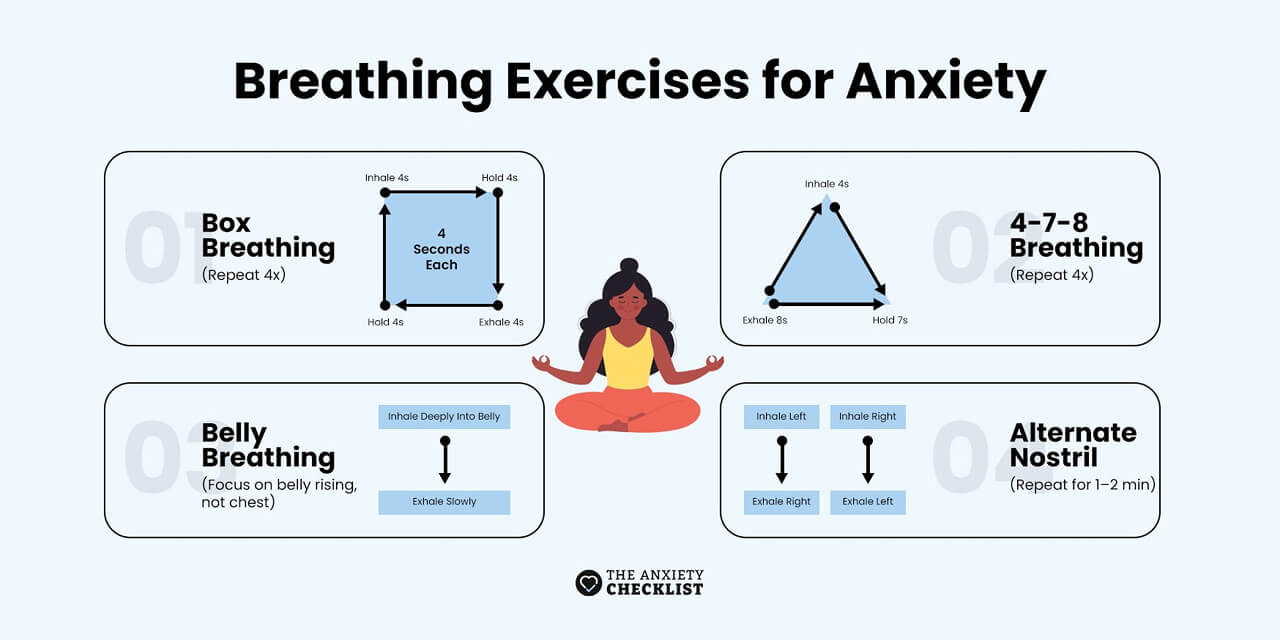
Meditation
Meditation is not about clearing your mind. That’s a myth. The thing is, meditation for anxiety is just about sitting and watching what shows up without jumping in.
You might sit for five minutes and think nonstop the whole time. That still counts. You’re noticing. If your affirmation shows up in your thoughts, let it stay. If not, that’s fine too. The act of pausing and noticing your thoughts — that’s what matters
Hypnotherapy
Not everyone talks about this one. But for some people, it works.
Unlike what you may think, Hypnotherapy is not something where you sleep or lose control. It’s a state where you’re deeply relaxed, and your brain’s a little more open.
Positive affirmations for anxiety said in that space sometimes stick better, maybe because you’re not arguing with them. You just hear them. And for once, part of you believes it.
CBT
CBT is just a way of asking, “Is that thought actually true?” If your brain says, “I can’t handle this,” pause. Here’s how it works:
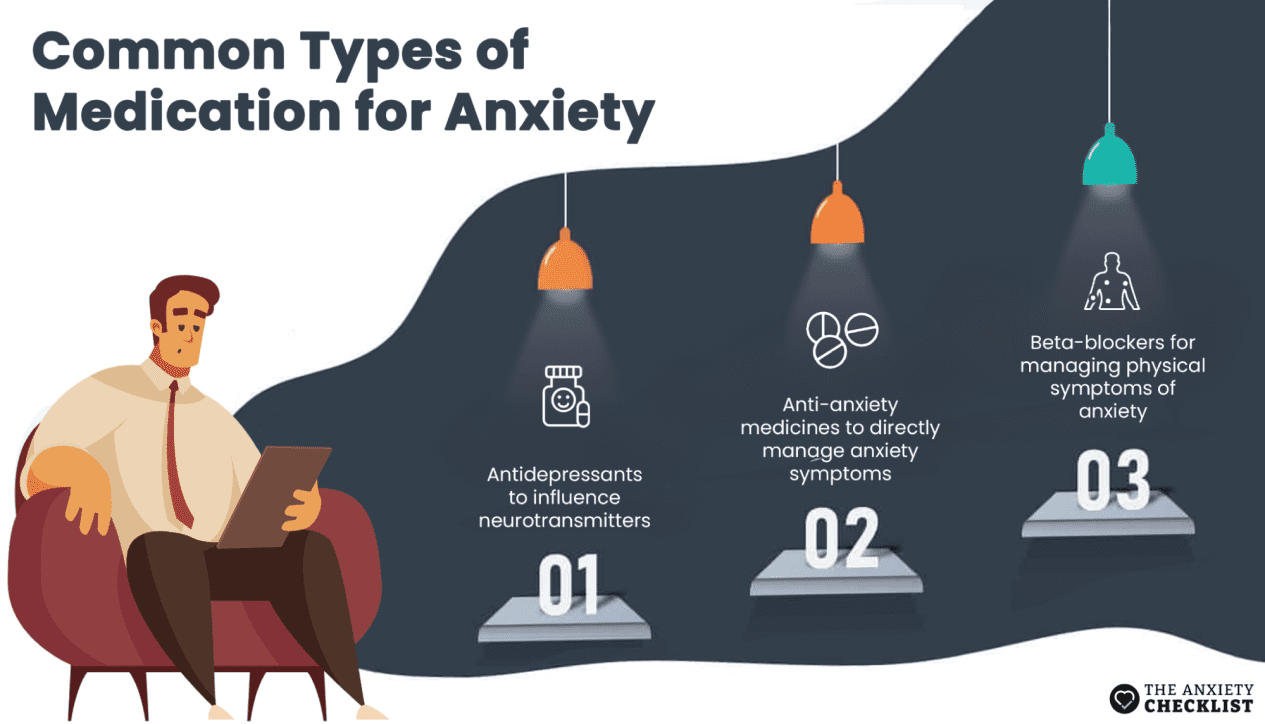
Look back at your week. Are you still here? Then maybe, just maybe, you did handle it.
That’s where affirmations for anxiety come in. Not to overwrite the truth, but to meet it halfway.
“I didn’t handle it perfectly, but I showed up.”
That’s a real sentence. That’s one you can believe.
Lifestyle + Diet
If you’ve had five coffees and no real food, of course, your anxiety is loud. Your body’s trying to get your attention. Add a meal. Add a glass of water. Step outside and feel the air.
Not everything needs a spiritual answer — sometimes, your nervous system just needs a nap and a banana. Simple lifestyle and dietary changes can go a long way, especially when combined with affirmations for anxiety.
Journaling
Use a notebook or the back of a receipt — it doesn’t matter. Just get the thoughts out. Afterward, try writing one line that feels steady. Not a perfect affirmation, just something that rings true in the moment.
Here’s a simple guide to starting a journaling practice for anxiety recovery.
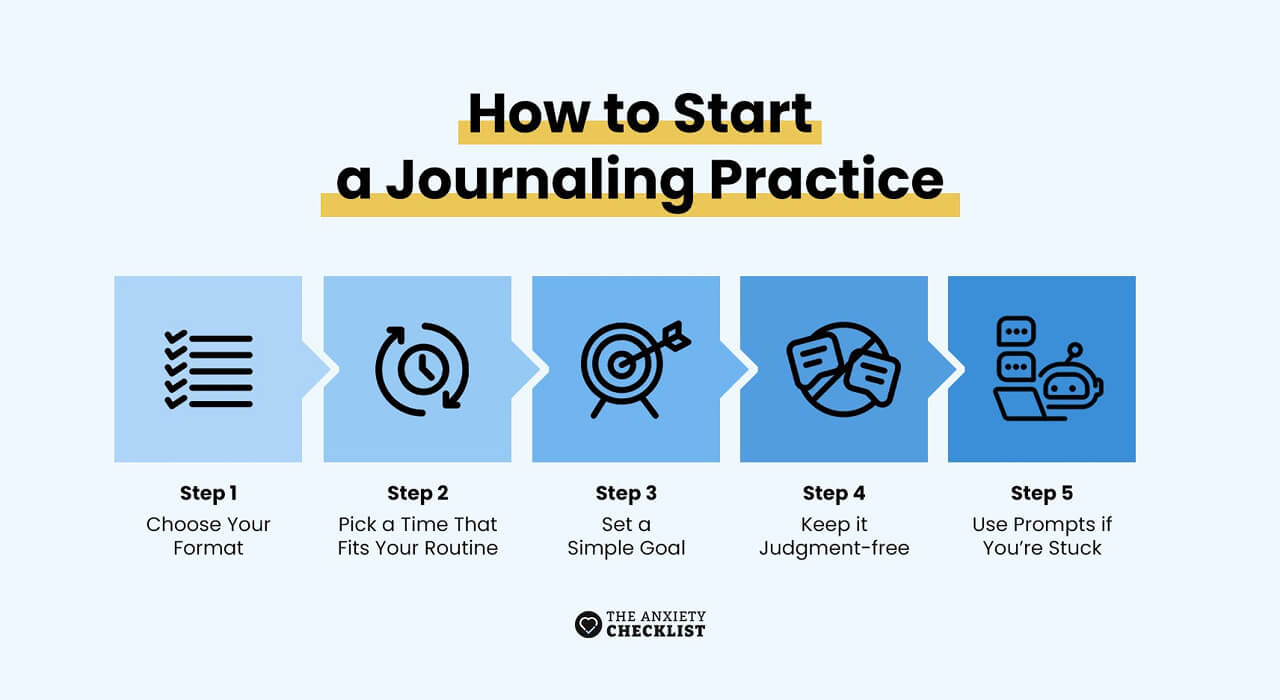
Other Techniques
Some other techniques you can use include grounding techniques like the 3-3-3 rule, which helps you bring your mind back to the present moment.
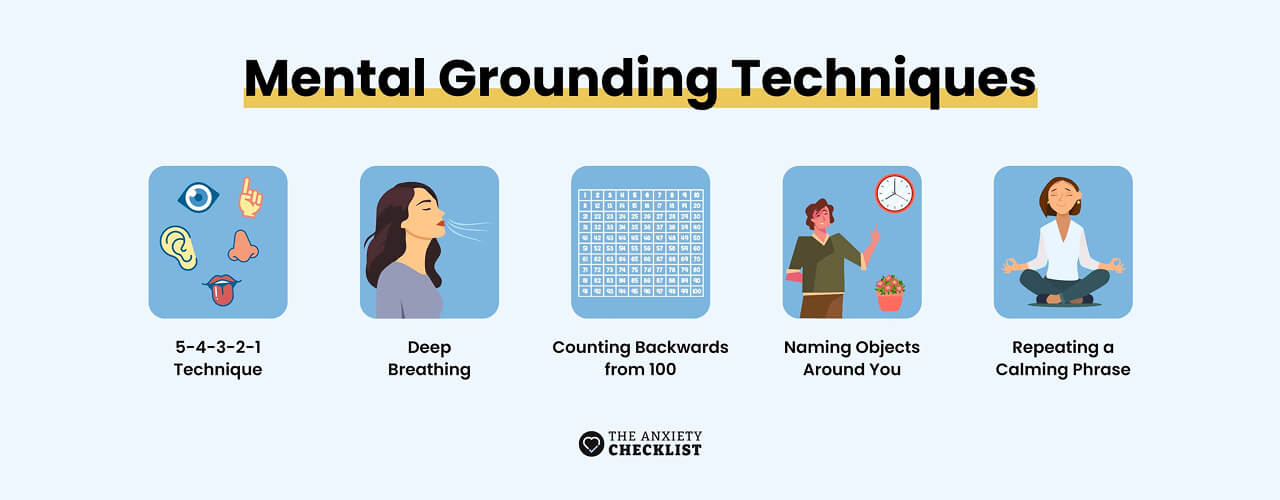
You can also try exposure therapy, naturopathic treatments, or NLP for anxiety, among other things.
Try a few things and see what works for you.
Also, don’t forget the benefits of crying from time to time. It can help you release pent-up emotions and heal deep emotional wounds that often cause anxiety.
60 Affirmations for Anxiety, Stress, and Panic Attacks
Here’s a long list of affirmations for anxiety, stress, and panic attacks to get you started.
Affirmations for Anxiety
Some days, anxiety just shows up — no warning, no logic. In those moments, it helps to have something to come back to. One sentence… a few words.
Affirmations for anxiety are like your personal mantras that help you ground yourself when you deal with anxiety. These positive affirmations don’t fix everything magically, but they help you reset your mind and focus on something other than anxious thoughts.
These anxiety affirmations are just simple positive statements you can return to when your thoughts stop feeling like your own. You don’t have to believe them fully. You just have to say them, read them, or hold them in your hand, quietly, repeatedly, until they feel a little more true.
You can, of course, write your own affirmations for anxiety or pick one from the list below.
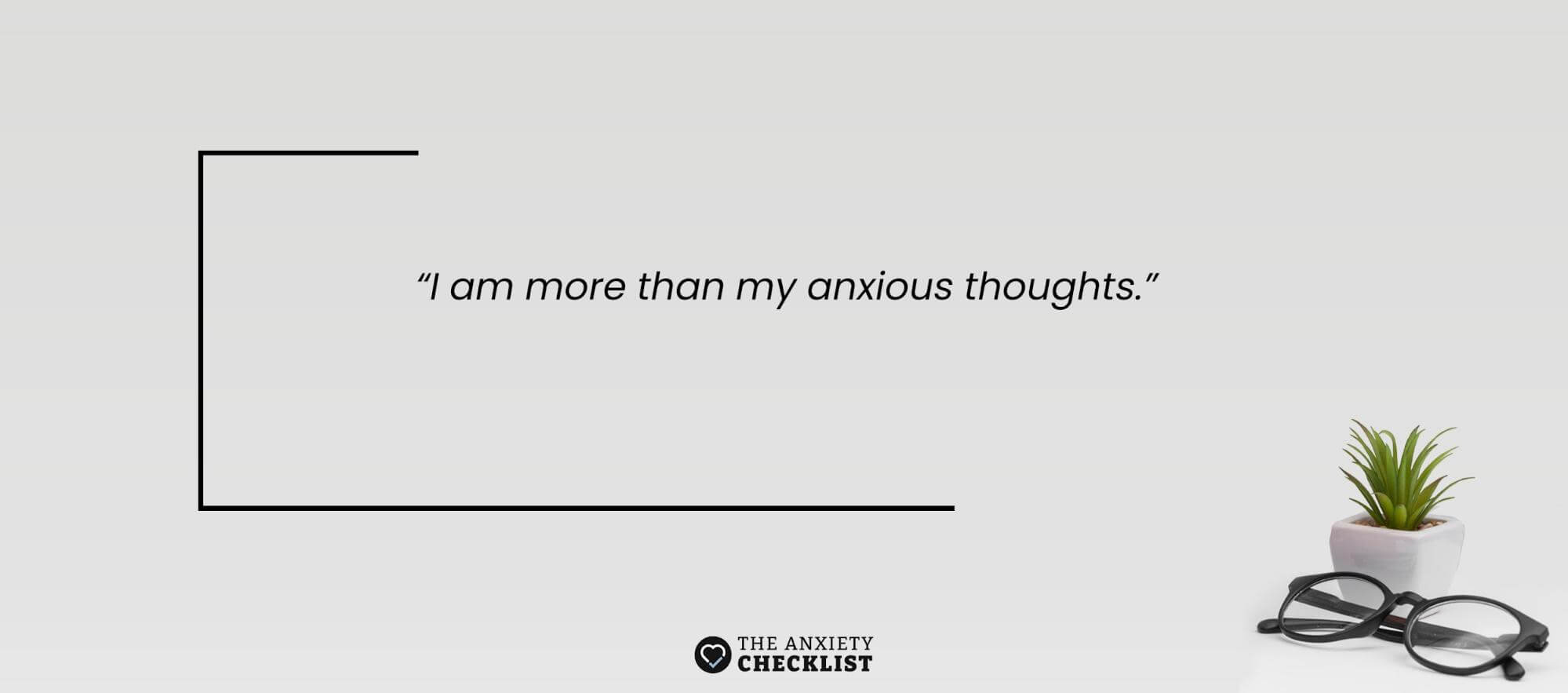
Affirmations for Stress
Stress isn’t always dramatic. Sometimes it’s just… there. Like background noise that never turns off. You keep moving, doing what needs to get done, but under the surface, something tightens. Shoulders tense. Breathing gets shallow. You snap at someone over nothing.
And still, you keep going. That’s the thing with stress — it convinces you there’s no time to stop, no room to breathe, nothing to drop. But you can. You really can. And sometimes, the smallest pause, one sentence, said slowly, is enough to interrupt the spiral.
Try saying one out loud. Or write it on a scrap of paper and stick it somewhere you’ll see when you’re moving too fast. Let the words soften your shoulders a little. That’s enough.
Here are some anxiety affirmations to get you started.
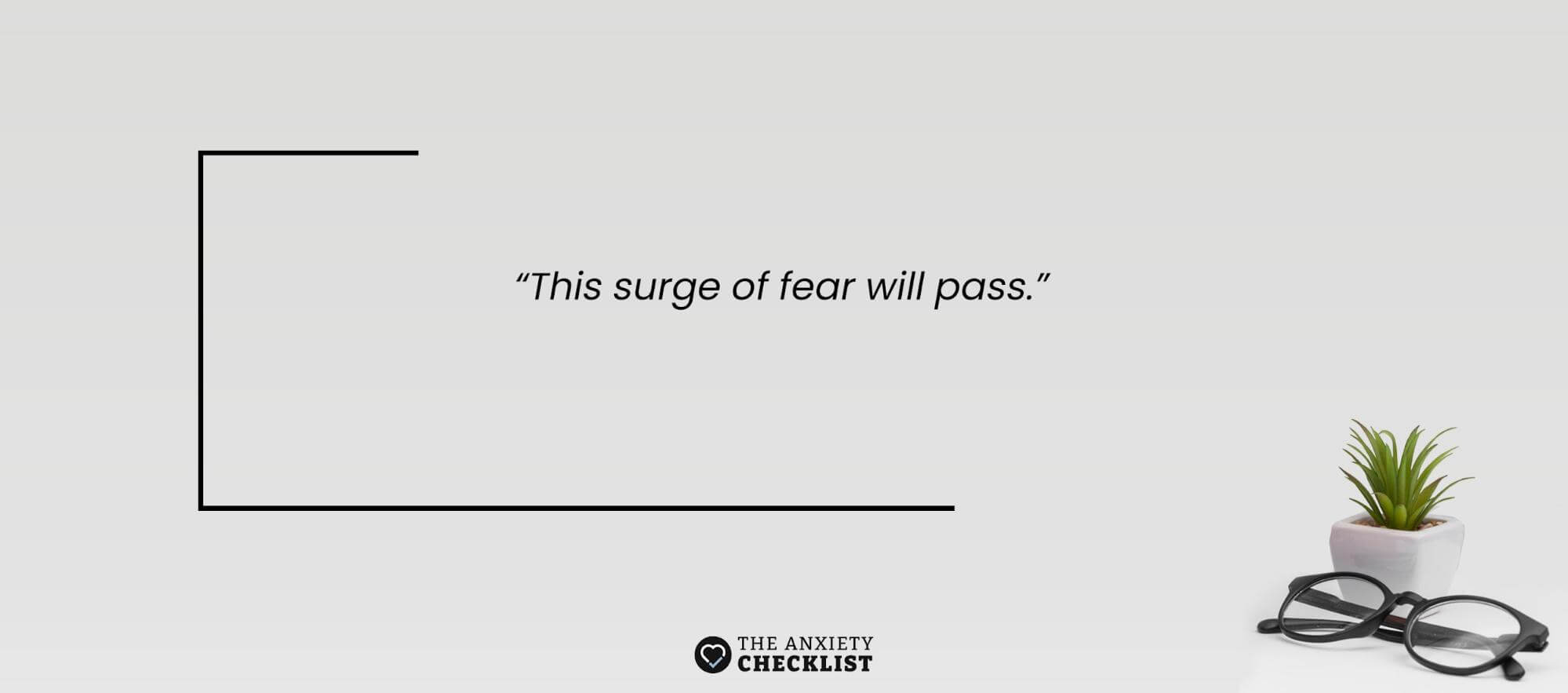
Affirmations for Panic Attacks
Panic doesn’t give you time to prepare, but just shows up.
Your whole body goes into alarm mode, but you’re just... sitting there. Nothing even happened. You can’t breathe right, your hands go weird, and your brain? Racing. And you know it’s “just a panic attack,” but that doesn’t help much when you're in it.
Here’s what helps: a sentence, one you already know and have practiced on the good days, so it’s there when things get dark.
If you have a mantra you can use, that’s great. If not, check out these affirmations for anxiety and find one that resonates the most with you.
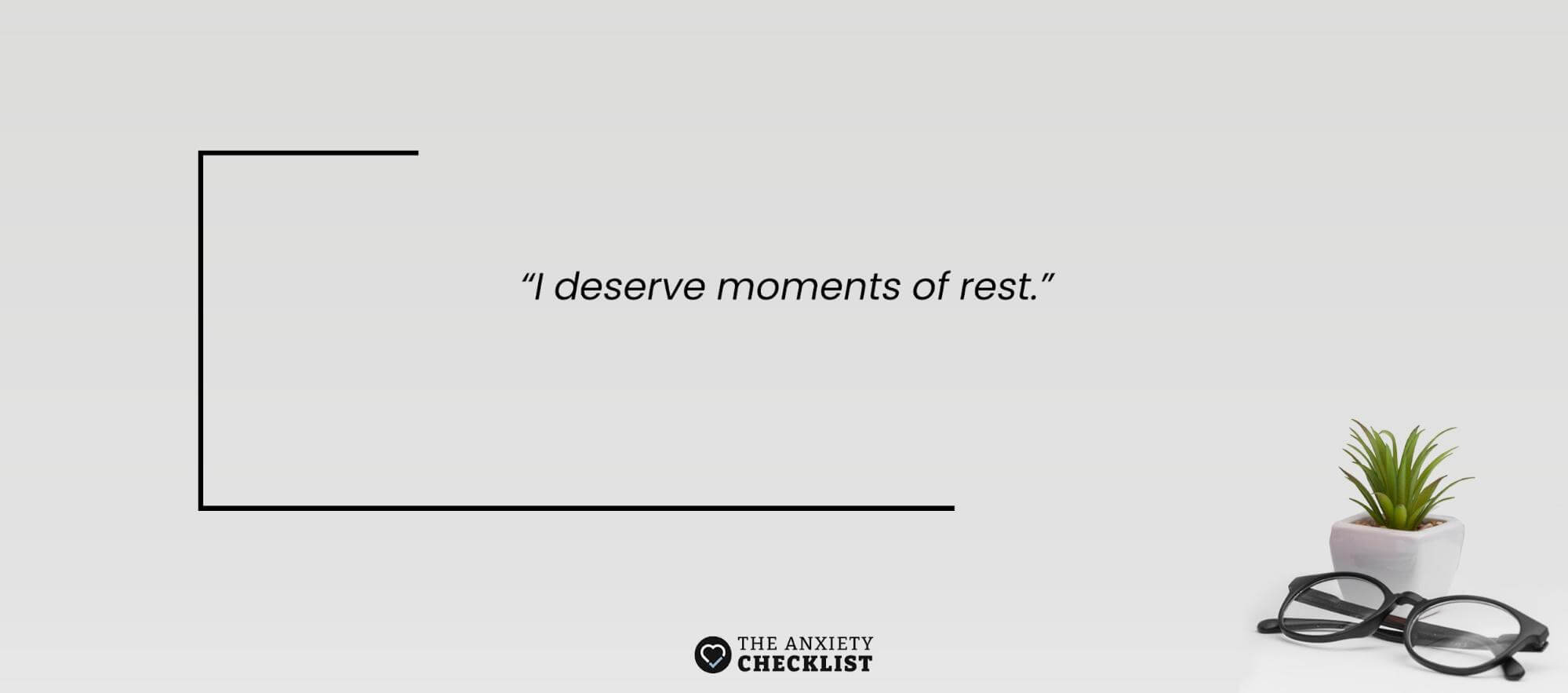
Frequently Asked Questions
Affirmations for anxiety are positive statements that you say to yourself when having anxious thoughts or an anxiety or panic attack. This positive self-talk helps you be kind and gentle to yourself when your thoughts might not be.
So, when your brain is saying something is wrong and you’ll not survive, you can tell yourself that you only need to survive the next minute, then the next, and so on. This helps you take one step at a time and gain confidence that your thoughts are just that, thoughts, not reality.
Affirmations for anxiety help some people, in some moments. It’s not a miracle, and it doesn’t work for everyone.
But here’s the thing — when anxiety gets loud, your brain tends to repeat the worst stuff on a loop. Positive affirmations for anxiety are a way to interrupt that.
It’s not about standing in the mirror and forcing yourself to smile while saying “I am calm” when your heart’s doing jumping jacks. It’s more like having a sentence in your back pocket for the days when your thoughts won’t leave you alone.
Maybe something like, “I’ve done hard things before. I can do this too.”
They don’t fix everything. But they can give you just enough space not to get swept up in the panic. And sometimes, that space is all you need.
The 21-day thing? It's just a soft rule
So, the idea is that it takes 21 days to form a habit, any habit, and the same logic works for affirmations for anxiety as well.
Honestly, that might be true for some, but it is not a hard rule. Some may be able to form a daily anxiety-affirmations habit in a few days, and some may take weeks or even months.
There’s no guarantee that the 21-day rule works, but it’s a good place to start. If you’re just starting your journey and want to build a daily habit of saying affirmations for anxiety, give yourself a 21-day target.
Once you achieve that, set a bigger target and keep practicing your affirmations for anxiety.
Start with something that feels kind. Not perfect. Not polished. Just something that brings you back to the present. Try:
Write your personalized affirmations for anxiety. These should be positive statements that mean something to you and are personal. By practicing affirmations for anxiety daily, you can find a mantra that always calms you down.
It’s a grounding trick. You notice three things you can see. Then, three sounds you can hear. Then, move three body parts—your shoulders, fingers, and toes. That’s it. Three, three, three.
It’s a simple way to bring your mind back to the present moment and get out of an anxious loop. This grounding technique also works in case of panic attacks and is a great way to ground your thoughts in that moment.
Conclusion
Previous Article

Journaling Explained: Benefits, Types, and How to Begin

Advertisement
BetterHelp
BetterHelp makes starting therapy easy. Get a tailored therapist match based on your needs and preferences - in as little as 24 hours!
Enjoy 20% off your first month with code "anxietycheck"

4 million+ Helped
Access Therapy 24/7
Preferred by 94% of users
If you are in a crisis or any other person may be in danger - don't use this site. These resources can provide you with immediate help.




